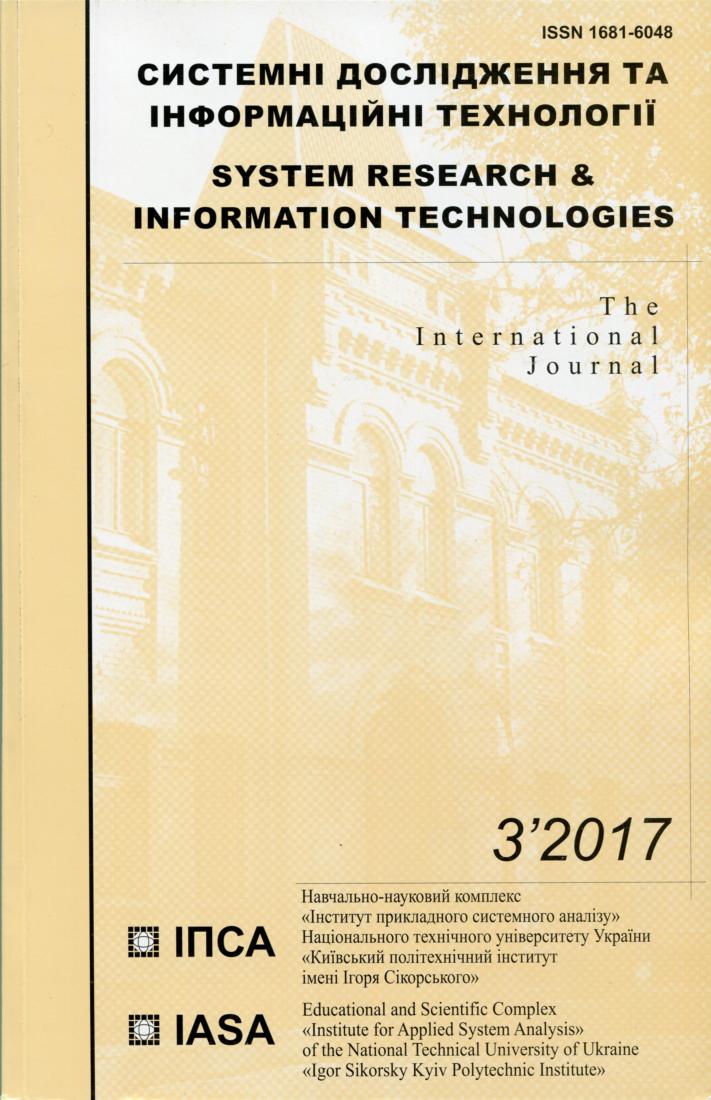Identification of the intensity of air pollution sources based on hybrid computer systems
DOI:
https://doi.org/10.20535/SRIT.2308-8893.2017.3.03Keywords:
parametric identification method, atmospheric pollution, hybrid computing systems, GPGPUAbstract
The method of identification of the intensity of the sources of chemically interacting pollutants is presented. The implemented model includes the phenomenon of self-purification in reaching the limit concentration. For computational implementation the possibility is shown of using parallel methods based on Nvidia CUDA graphic processing units. The method of source identification combined with the parallel computing implementation using the modified red-black ordering (D4) method reduces simulation time by 12 times and the RAM usage by 30% when using the Nvidia c2050 graphics accelerator in comparison with the node of the NTUU "KPI" cluster.References
Anzt H. On the Performance and Energy Efficiency of Sparse Linear Algebra on GPU / H. Anzt, S. Tomov, J. Dongarra // International Journal of High Performance Computing. — 2017. — DOI:10.1177/1094342016672081.
Green500. — Available at: https://www.top500.org/green500/
Anzt H. Acceleration of GPU-based Krylov solvers via data transfer reduction / H. Anzt, S. Tomov, P. Luszczek, W. Sawyer, J. Dongarra // International Journal of High Performance Computing Applications. — 29. — 3. — 2015. — P. 366–383.
Zgurovskij M.Z. Analiz i upravlenie odnostoronnimi fizicheskimi protsessami / M.Z. Zgurovskij, A.N. Novikov. — K.: Nauk. dumka, 1996. — S. 328.
Novikov A.N. O realizatsii odnogo klassa variatsionnyh neravenstv / A.N. Novikov // Elektronnoe modelirovanie. — 1994. — 1. — S. 39–45.
Zlatev Z. Computational and numerical challenges in environmental modelling / Z. Zlatev, I. Dimov. — Oxford: Elsevier, 2006. — P. 373.
UNI-DEM. — Available at: http://www.dmu.dk/AtmosphericEnvironment/DEM/
Aziz H. Matematicheskoe modelirovanie plastovyh sistem / H. Aziz, E. Settari. — Per. s angl. — M.: Nedra, 1982. — 407 s.
Saad Y. Iterative Methods for Sparse Linear Systems, 2nd edition / Y. Saad. — PA: SIAM, 2003. — 520 p.
Il'yin M.I. Modyfikatsyja metodu obchysljuval'noyi realizatsiyi krajovykh zadach na osnovi D4 dekompozytsiyi dlja hibrydnykh system na bazi hrafichnykh protsesoriv / M.I. Il'yin // Visn. NTUU "KPI": Informatyka, upravlinnja ta obchysljuval'na tekhnika. — 2017. — S. 63-67.
cuBLAS. — Available at: https://developer.nvidia.com/cublas.
CUSP. — Available at: https://developer.nvidia.com/cusp.

